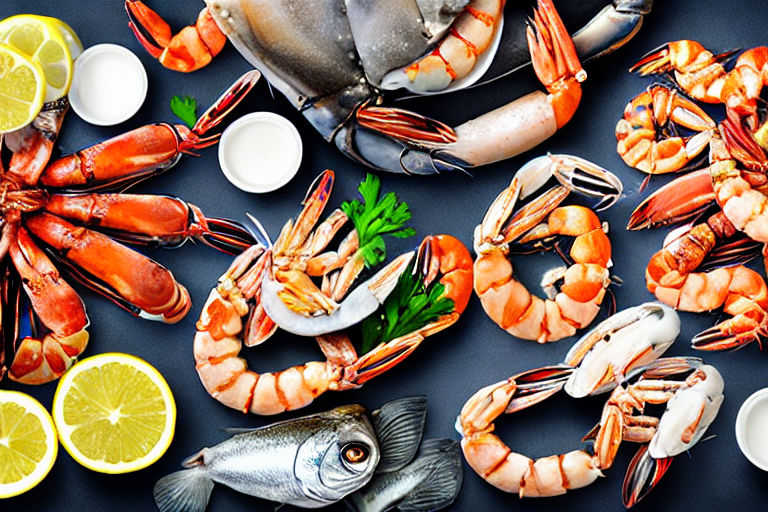From the Sea to Your Plate: The Benefits of Eating Fresh and Sustainable Seafood
When it comes to healthy eating, seafood often takes center stage. Fish and shellfish are packed with protein, vitamins, and minerals that can help keep our bodies healthy and strong. But not all seafood is created equal. If you want to reap the most benefits from your fishy dinner, it's important to choose fresh, sustainable seafood that's been responsibly caught and handled.
Why Choose Fresh Seafood?
Fresh seafood doesn't just taste better – it's also healthier. Fish and shellfish are rich in omega-3 fatty acids, which are essential for brain function, heart health, and reducing inflammation throughout the body. However, these healthy fats are delicate and can break down quickly, especially if the fish has been frozen or improperly stored. For maximum nutrition, choose seafood that's as fresh as possible.
The Environmental Impact of Seafood
Choosing sustainable seafood isn't just good for your health – it's also good for the planet. Overfishing and poor seafood farming practices have led to a decline in certain fish populations and can damage delicate marine ecosystems. By choosing seafood that's been responsibly sourced and caught, you can help support healthy ocean habitats and ensure that future generations can continue to enjoy fresh, delicious seafood.
How to Choose Sustainable Seafood
So, how do you know if your seafood is sustainable? Look for labels and certifications from reputable organizations like the Marine Stewardship Council (MSC) or the Aquaculture Stewardship Council (ASC). These groups work to promote sustainable fishing and farming practices and can help you make informed choices when it comes to buying seafood.
You can also consider the fishing method used to catch your seafood. Some methods, like longline fishing or dredging, can damage the ocean floor and lead to high levels of bycatch (the unintentional capture of non-target species). Others, like pole and line fishing or trap fishing, are more selective and have less impact on the environment.
The Bottom Line
When it comes to healthy and sustainable eating, seafood is a great choice – but only if you choose wisely. Opt for fresh, responsibly caught seafood that's been certified as sustainable by reputable organizations. By doing so, you can enjoy all the benefits of seafood while helping to protect our oceans and the creatures that call them home.



